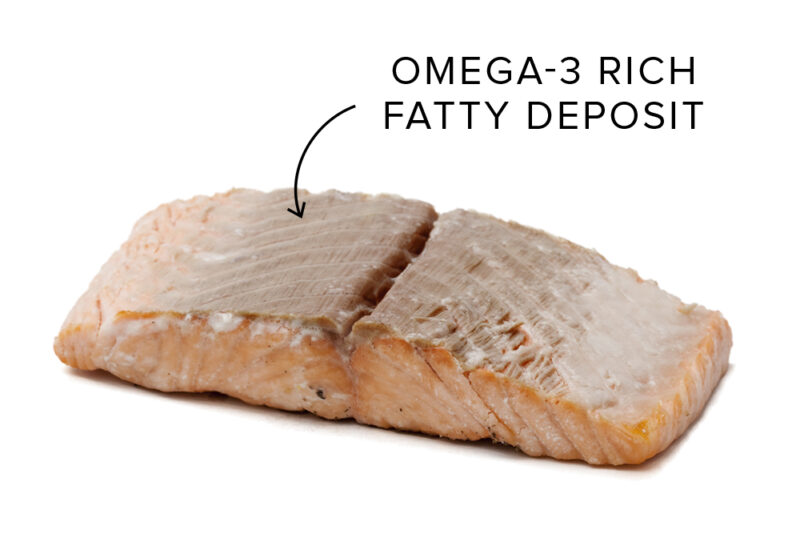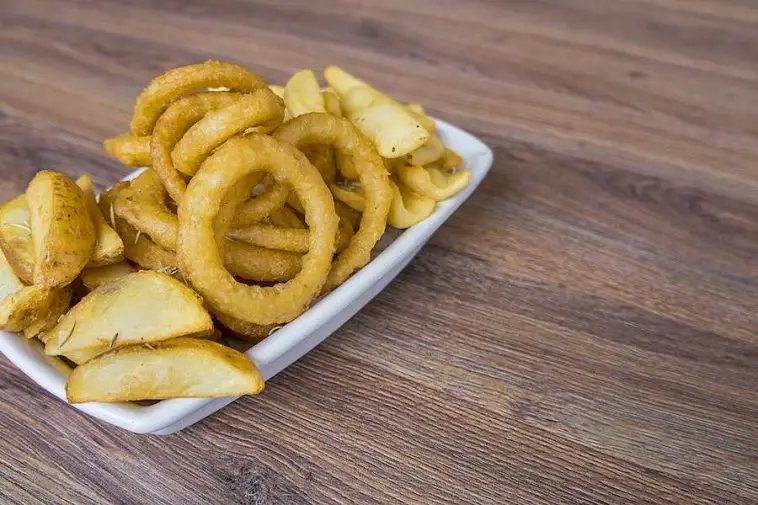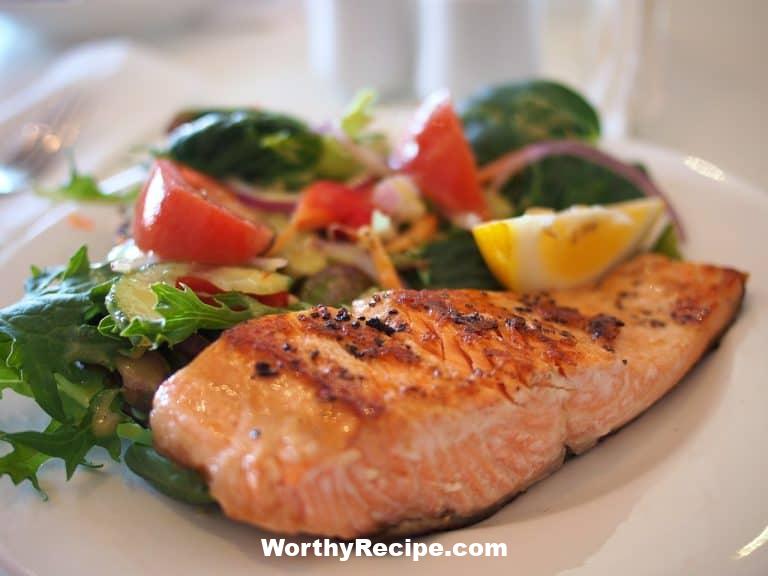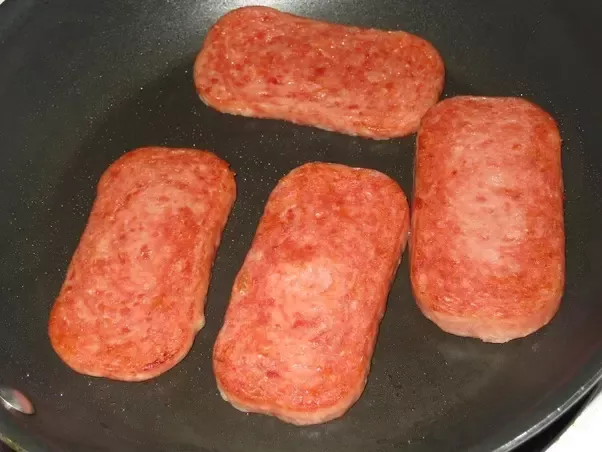Understanding Why Your Cooked Fish is Gray
Cooking fish can be a challenging experience for many home cooks, especially when it comes to getting the perfect color. Gray fish is a common problem that can occur for various reasons, which may seem discouraging to novice or experienced chefs. However, knowing the science behind fish cooking and understanding the factors that cause grayness can help you overcome this hurdle. In this article, we’ll discuss the common causes of gray cooked fish and explore several solutions to give your fish dishes an appetizing color.
A deeper dive into the Science of Cooking Fish
To understand why your cooked fish is gray, you should first understand the basics of cooking fish. When heat is applied to fresh fish, the proteins contract and coagulate, resulting in a change in texture and color. This process is known as denaturation and applies to all protein-containing foods, including meats and eggs.
The way a protein reacts to heat also depends on its surrounding environment. For example, different cooking techniques have varying effects on how heat is transmitted within the food being cooked. The type of pan used and the heat source are two factors that significantly influence how seafood will cook.
Common Causes of Gray Cooked Fish:
The following are some of the primary causes of gray cooked fish:
Overcooking
Overcooking is undoubtedly one of the primary culprits that result in gray cooked fish. Overcooked seafood dries out, loses its natural flavor, shrinks in size, becomes rubbery in texture, and changes color from a translucent pinkish or white flesh to lifeless gray meat.
If you intend to grill or pan-fry fish fillets or steaks, it’s essential not to overcook them. The cooking time and the heat setting will vary depending on the thickness of the fish. Thick fillets or steaks cook more slowly than thin ones, and different fish species require different cooking temperatures, so it’s important to know the cooking needs of each variety you’re cooking.
The general rule of thumb is to avoid overcooking seafood beyond 10 minutes per inch of thickness. Ideally, cook your fish until the flesh becomes opaque and starts to flake easily with a fork, but still remains moist and tender. Avoid boiling fish because it can lead to overcooking, loss of flavors, and texture changes that result in gray meat.
Poor Quality Fish
Another reason behind gray cooked fish may be poor quality fish. Low-quality or stale fish tends to have less natural oils or moisture content than fresh fish, making it less flavorful and prone to dryness when cooked. Over time, once-fresh seafood can deteriorate in color due to bacterial growth that develops in an improperly refrigerated environment.
To avoid this problem, always buy your seafood from a reputable supplier known for providing fresh fish, keep it well-refrigerated until ready to use, and use it within the carrier’s recommended time frames.
Cooking Method
The method used for cooking your fish can have a considerable effect on its color and texture. Three common methods to cook seafood include pan-searing, baking, and grilling.
- Pan-searing: One way to get more flavor from seafood is through pan searing. A drawback is that this method often results in grayness if high heat for an extended period is used. To minimize the potential for grayness when you pan-sear your seafood, use high-heat oil instead of butter or lower-heat oils. Additionally, don’t move the fish on the pan too much as it will get a better crust and cook from one side.
- Baking: One method to avoid grayness when cooking your seafood dishes is baking them in the oven. Create a foil packet and bake it for approximately 12-15 minutes or until the fish comes apart without being mushy. The steam within the package will keep the fish moist and hot, while enclosing the fish also retains its natural moisture. It’s typically suggested to use vegetables or a flavored liquid base inside of the package for extra tasteful perks.
- Grilling: Grilling is a great way to prepare seafood without drying it out, but too high heat may make it gray. To prevent this, oil and prepare your grill grates well, then place the grill fish down. Allow it to char naturally before flipping carefully to avoid sticking (Use a fish spatula). Use lower heat techniques rather than high to slow cook especially for thicker seafood cuts.
Solutions for Cooked Gray Fish:
If your seafood dish still turns out gray after trying prevention methods and cooking suggestions above, try these suggestions to bring some color back into your dish:
Using acids and enzymes to help prevent grayness
The addition of an acidic ingredient like citrus juice or vinegar can help break down proteins in raw fish making it more translucent. Enzymes including lemon juice or using marinades that contain citrus or pineapple-based liquids can make it have a bright color after cooking due to its enzymatic reactions. Some acids such as wine-based liquids also create beautiful colors without too much breakdown effects but adds a new dimension of taste in the dish.
Proper use of ingredients such as vegetables, herbs, and spices to add color pop
Adding a pop of color with vibrant colored vegetables such as bell peppers, carrots, broccoli, or ayamase sauce to season and add a visual feast on your plate. You can reserve some ingredients from different recipes in your store cupboard from sauces with bold colors infused with herbs and spices like ginger, turmeric, cilantro or garlic
Try recommended cooking methods
If overcooking or poor quality is out of the question but color remains a headache, trying alternative cooking methods might help offer better results. Sous vide cooking for fish is popular among innovative cooks for its ability to maintain ideal temperatures and moisture while adding vibrancy to dishes without too much oil or smoke.
Conclusion
To sum it up, grayness in seafood is often caused by one or more factors: Overcooking, poor quality of fish, and cooking technique. We trust that with this knowledge of the science of cooking proteins and knowing how to keep your seafood dry yet moist during the cooking process will help prevent grayness in your dish. By following these tips and tricks discussed above, you can improve the quality of your cooked seafood dish, making it more colorful, enticing and delicious.
What causes cooked fish to turn gray?
It is a common occurrence for fish to turn gray when it is cooked. One of the primary reasons for this is oxidation due to exposure to air. When the surface of the fish comes into contact with oxygen in the air, it reacts with the enzymes and proteins in the flesh, causing it to change color.
Can you still eat gray fish?
Yes, gray cooked fish is safe to eat as long as it has been properly cooked and stored. Despite its unappetizing appearance, the color change is purely aesthetic and does not affect the taste or nutritional value of the fish.
How do you prevent fish from turning gray when cooking?
To prevent your fish from turning gray when cooked, ensure that it is fresh and has been stored correctly. Keep it refrigerated until ready to cook and cook it as soon as possible. Additionally, cooking your fish at a lower temperature and covering it while cooking can help minimize oxidation and retain its natural color.
What are some ways to enhance the color of gray fish?
If you want to enhance the appearance of your gray cooked fish, there are a few tricks you can try. One method is to sprinkle lemon juice or vinegar over the surface of the fish before cooking. This will help neutralize any bleachiness caused by oxidation and bring out the natural pink color of the flesh. Another option is to add colorful garnishes such as chopped herbs, cherry tomatoes, or bell peppers to make your dish more visually appealing.






